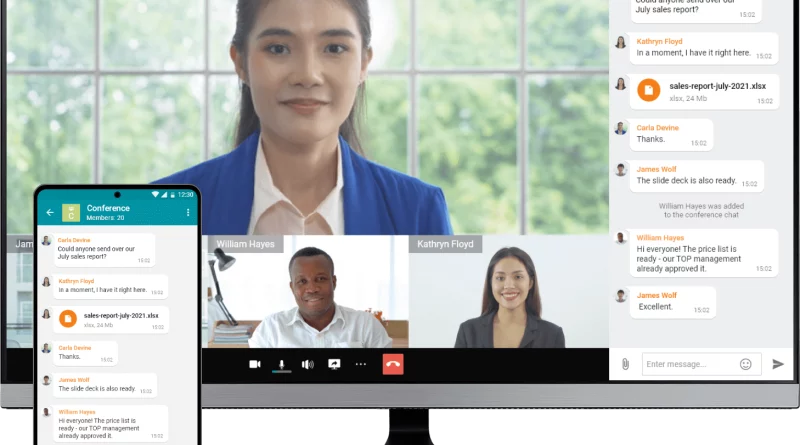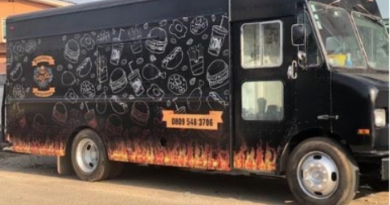Web 2.0 Audio Conferencing – An Essential Disaster Management Tool
The State of Louisiana relied almost exclusively on audio conferencing for its disaster response communications during the months after Hurricane Katrina. This circumstance during the largest natural disaster in the history of the United States taught many important lessons. If we learn these lessons, then perhaps we can lessen the suffering and loss of life in future disasters.
Conference calling always has been and may always be the go-to disaster voice communications tool of choice. The phone is the most ubiquitous piece of communications technology on the planet. No other type of voice communications system can handle large numbers of people at one time. In an emergency, these may be people who don’t know each other but must come together for a common purpose: save lives and fix problems.
Further, audio conferencing systems are designed to handle communications on different scales: from just a few people to hundreds and thousands of people at once. What should a first responder, political leader, or concerned citizen look for in selecting an audio conferencing provider capable of being there for them in a crisis? Here’s a short checklist:
-
- Tested in a Crisis? Has the provider proven that its services can handle the stressful rigors of a crisis?
-
- Nodal Technology? Your provider needs a federated system, not a centralized one. This way, if one node of the network goes down, then another node can pick up the traffic so that customers will have the systems available to them in their crisis. This was the problem in Louisiana. When the Bell South network was swamped, its limited audio conferencing capabilities were swamped as well.
-
- Call Now Technology? Does the provider enable leaders with Call Now technology that gives them the ability to select names from their call list and “blast dial” all of them simultaneously from a mobile device? In a crisis, you often don’t have the luxury of time to schedule a conference call when people are dying and seconds are precious.
-
- Emergency Alerts with Audio Conference Trail? Does your provider allow you to broadcast an alert with a live recorded message from you that gives the recipients the option to enter a follow-on (trailer) conference call so you can answer questions and give further information?
-
- Recording and Posting Online? Does your provider allow you to record a conference call on the fly and then automatically post those recordings online, or let people dial in to listen to them later? Disaster response is unpredictable. First responders may be called upon at a moment’s notice to rescue a family off a roof or from the rubble of their collapsed building. When this happens those first responders cannot call into the nightly conference call to get status updates. Recorded calls let them dial in and listen to the reports at their leisure, or listen to the recordings online. This proved to be a crucial capability during Hurricane Katrina. These recordings also memorialize the initiatives taken during the crisis for post-crisis review.
- Expert Assistance? Does your provider answer your questions competently and quickly on the first call, or do you get passed around to new people reading from a canned script every time you call in? Do your answers come from operators in far-off countries? This kind of assistance may be acceptable for certain kinds of help, but not for disaster management when people’s lives are on the line. Ask if your provider has experience supporting disaster management. If not, find a new provider.
The lessons from disasters dictate a new kind of Web 2.0 conference calling capability that empowers mobile command centers with Call Now features from mobile phones. Phones have been the go-to communications tool of choice in every major disaster in recent years. That is unlikely to change. To handle disasters and emergencies, these phone systems need to be fused with data systems. That is what Web 2.0 audio conferencing is all about.
To learn more, Google “Web 2.0 audio conferencing”.
Copyright © 2011. Leader Phone® and Michael McKibben. All Rights Reserved.




